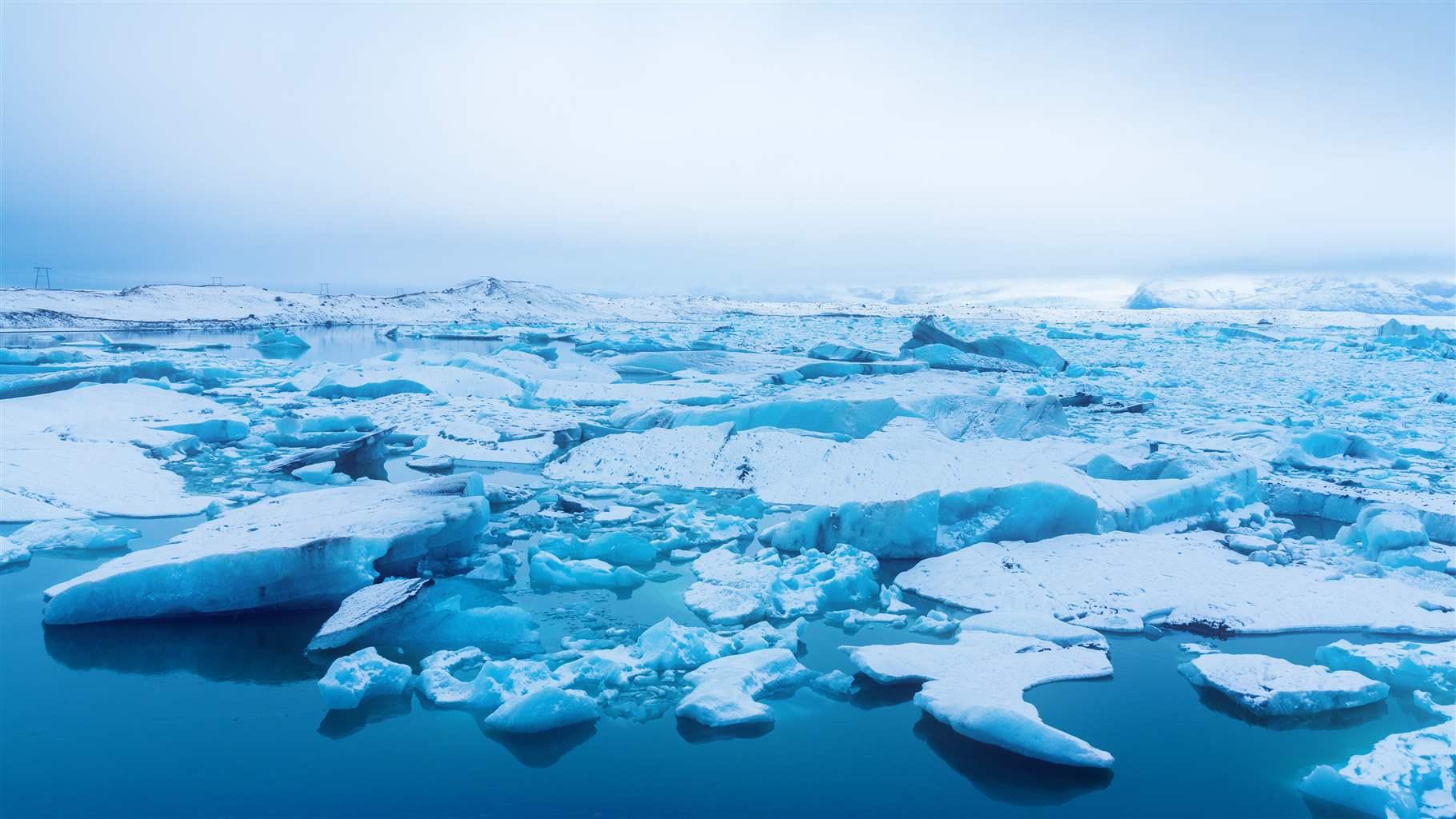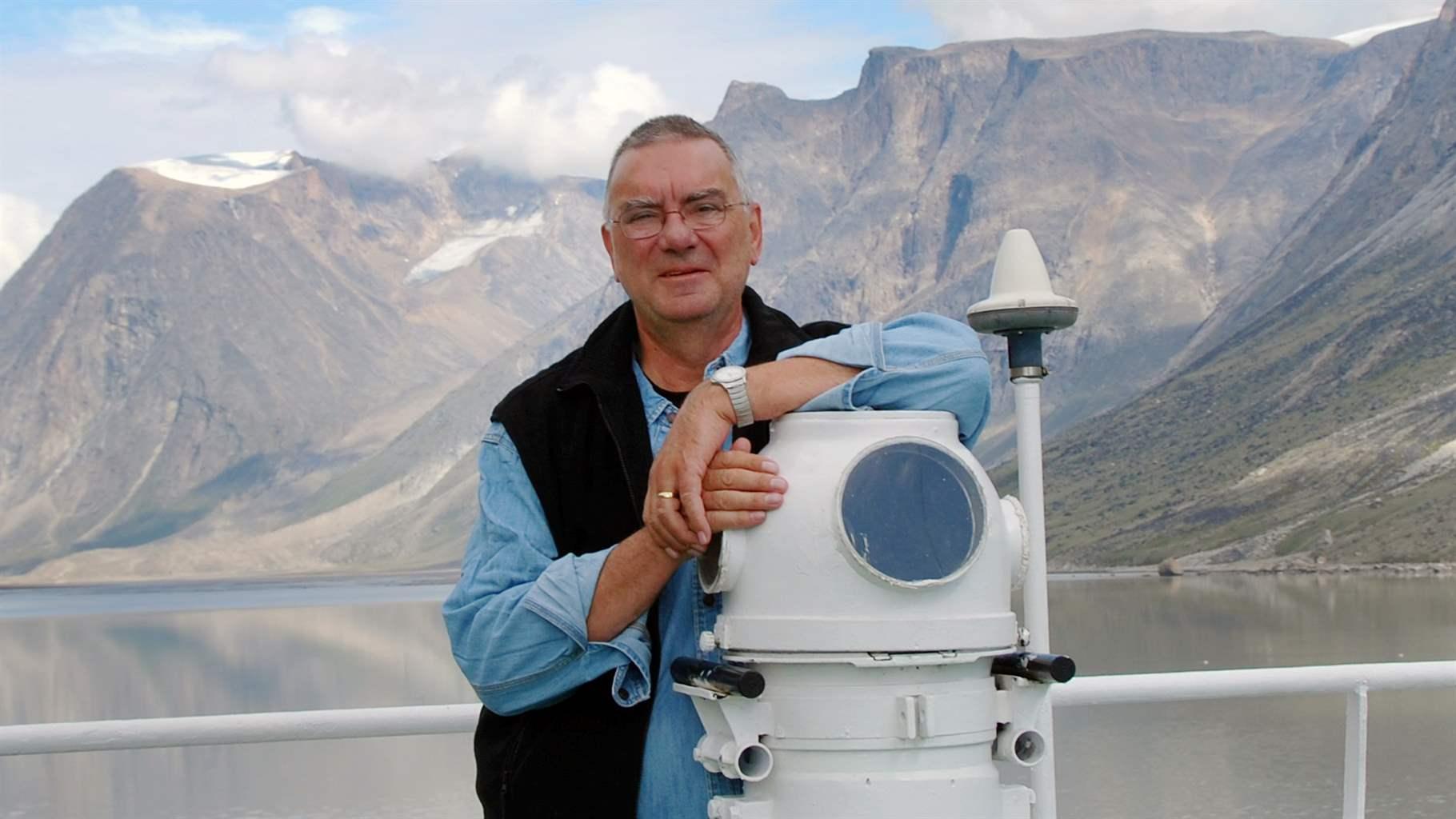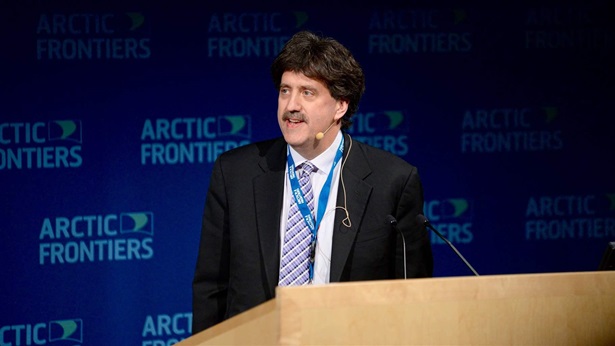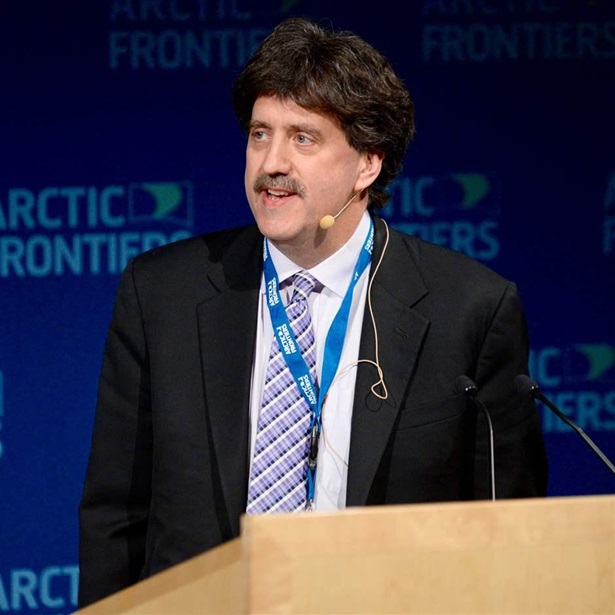Science-Driven Treaty Could Prevent Harm to Central Arctic Ocean
Expert explains importance of pact, and why science is at the heart of it

As climate change continues to drive a decline in sea ice and a rise in the area of open, navigable water in the Arctic, scientists have led the way in preventing unregulated fisheries in the Central Arctic Ocean. This culminated in the creation of a treaty, the Agreement to Prevent Unregulated High Seas Fisheries in the Central Arctic Ocean, that prevents unregulated fishing in the area for 16 years after ratification, or longer if necessary. During that time, the signatories—Canada, China, Denmark/Greenland, the European Union, Iceland, Japan, Norway, Russia, South Korea, and the U.S.—will implement a Joint Program of Scientific Research and Monitoring (JPSRM) to learn more about Arctic ecosystems.
To learn more about the implementation of the agreement, Steve Ganey, senior director of The Pew Charitable Trusts’ marine conservation and fisheries programs, spoke with Peter Harrison, professor emeritus of public policy at Queen’s University in Ontario, vice chair of the board of Oceans North, and former deputy minister of Natural Resources Canada and the Canadian Department of Fisheries and Oceans. Harrison, who holds a doctorate in geology, organized a series of workshops for potential signatories from 2015 to 2018 on the role of international Arctic science in the treaty. This interview has been edited for clarity and length.
Q: How is the Central Arctic Ocean treaty unique?
A: First, the 10 signatories agreed that their commercial fleets will not fish in the high seas of the Central Arctic Ocean until there's a management regime in place. This is a good example of applying the precautionary principle: dealing with something before it becomes a problem. So that, I think, is really astounding.
Second, the treaty puts a lot of emphasis on Indigenous people and Indigenous knowledge. The approach is to consider the ecosystem, not just fish. And third, the agreement brings together Arctic jurisdictions and non-Arctic jurisdictions.
Q: Why did Arctic and non-Arctic governments want this treaty, and how will it benefit them?
A: Countries with Arctic coastlines—the U.S., Canada, Russia, Norway, and Denmark/Greenland—as well as jurisdictions with distant-water fleets such as China, Japan, South Korea, and the EU have an interest in preventing the ecosystem from collapse, which would have huge ramifications.
Here, everybody's around the table equally. It's quite different from the Arctic Council [which is composed of the eight nations with Arctic territory].
Q: The treaty creates a scientific plan to study Arctic ecosystems, not just focus on the region’s commercial potential. Tell us more about this and the importance of science to implementing the treaty.
A: This agreement is based on the health of the ecosystem and establishing scientific baselines. It's not just the fish stock and the size of the stock; it's going to be how that is integrated within the ecosystem—the dependency and interdependency among marine mammals, communities, and so on.
It's going to be much broader than simply, “Tell me how many fish there are and how many I can catch.” It may well end up that the science will tell us that there are not sustainable stocks.
What we do know is that if a rogue vessel went in the Central Arctic Ocean even for a week, they could gobble enough Arctic cod to have devastating effects on the ecosystem.
Q: What was the role of civil society—in particular, scientists—in the success of the negotiations?
A: One of the central elements of the agreement is the Joint Program of Scientific Research, and given the nature of the area, nobody can [conduct Arctic scientific research] alone. I mean, it really has to be cooperative among the various countries and jurisdictions, and their respective [assets], such as icebreakers.
Of course, scientists will be at the center of this process, and they are one of the reasons that the Central Arctic Ocean agreement is so unique. Scientific diplomacy—scientific cooperation amongst nations—was at the heart of this agreement. One of the key things that got this started was a letter signed by 2,000 scientists conveying their concerns over potential development of the Arctic high seas. This letter, which was presented at the International Polar Year Conference in Montreal in 2012, had an impact on a number of the jurisdictions that signed on to the Central Arctic Ocean treaty in terms of saying, “Wow, there’s an issue here.”
Q: What are the next steps?
A: The treaty needs to be ratified within the next two years. So far, five of the really big countries—Canada, the E.U., Japan, Russia, and the U.S.—have ratified. The big question is China, but I think that they will see this agreement as part of their desire to be involved in the Arctic region.
Moving forward, this is going to be very much a science thing. The interesting questions on the science side will be: When do we know that we have enough science? Who will decide? What is the trigger? These are some of the things that are going to have to be negotiated over the next 16 years.
But getting to grips with the science questions is going to be one of the first tasks once this gets going after ratification. Especially as the ecosystem itself is evolving; it's changing so fast.










